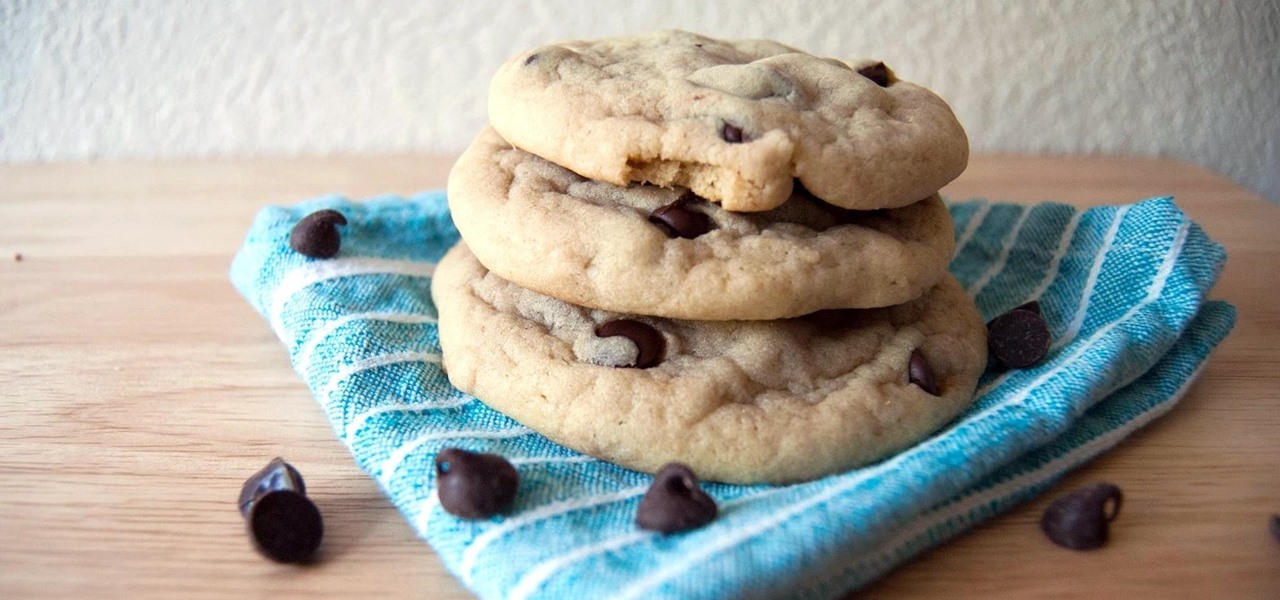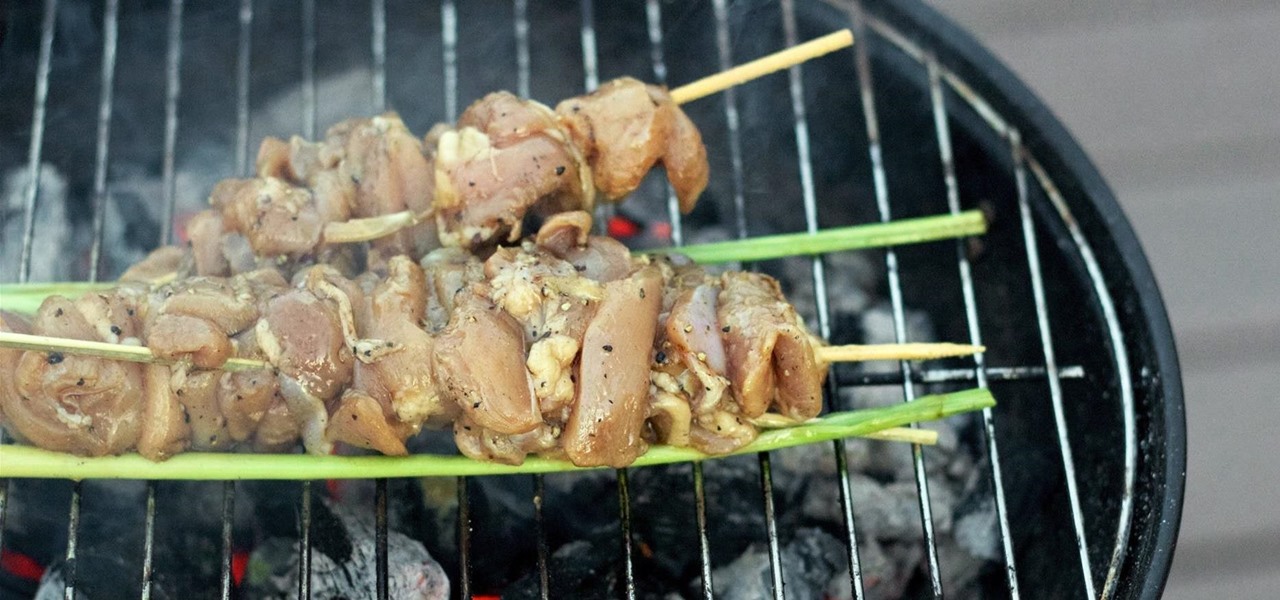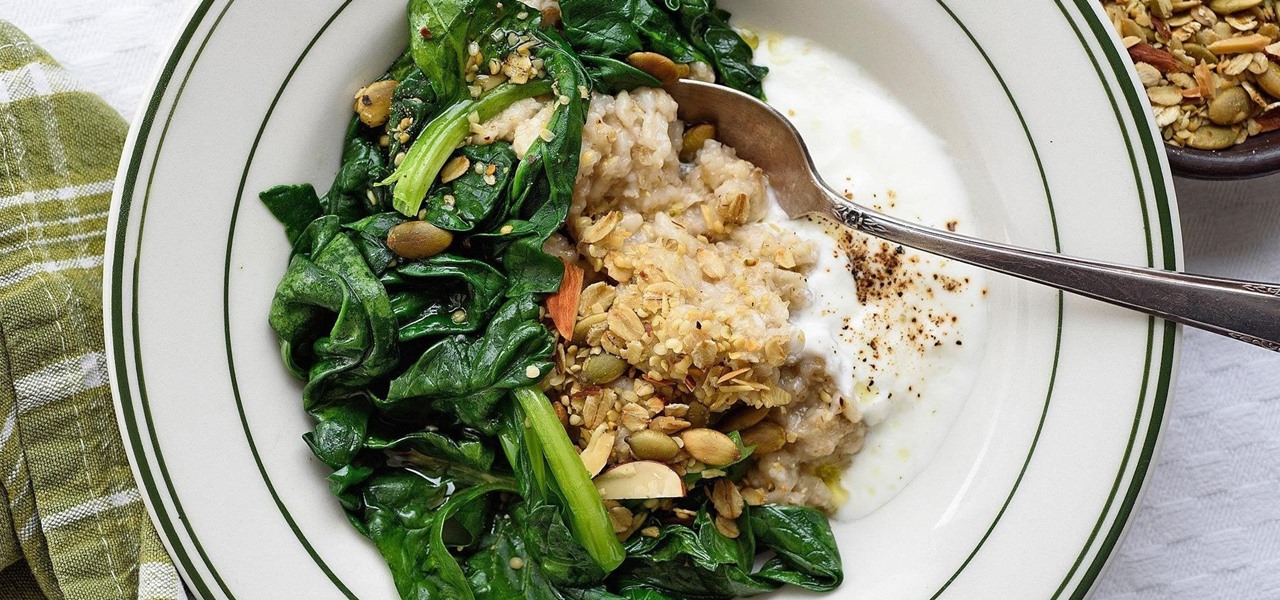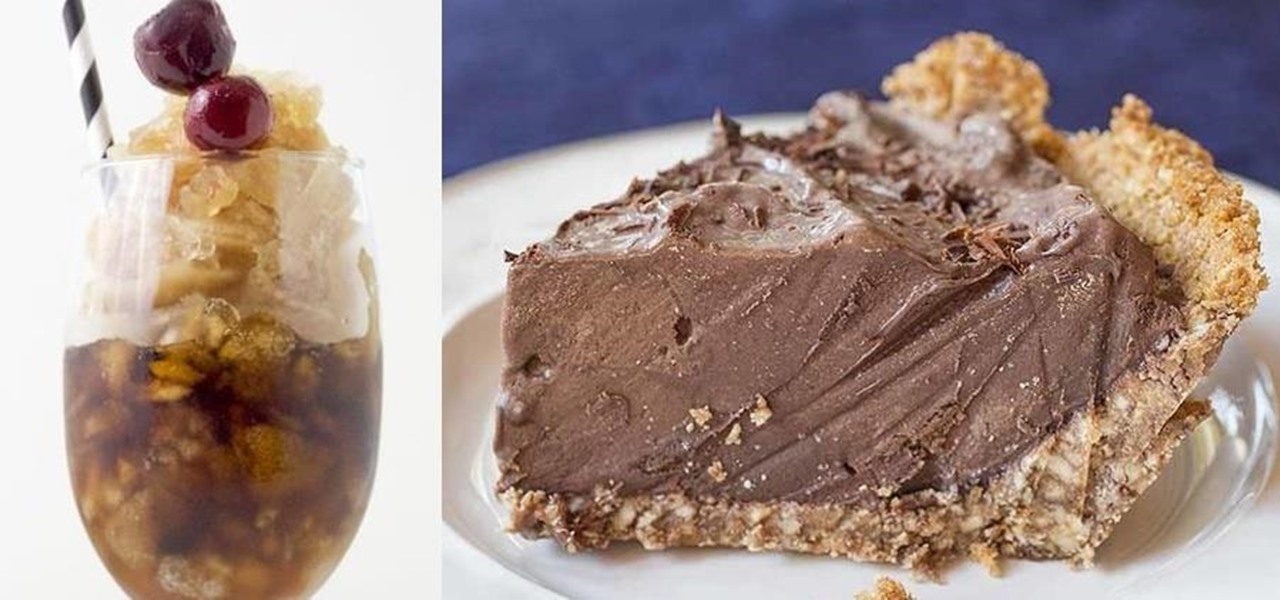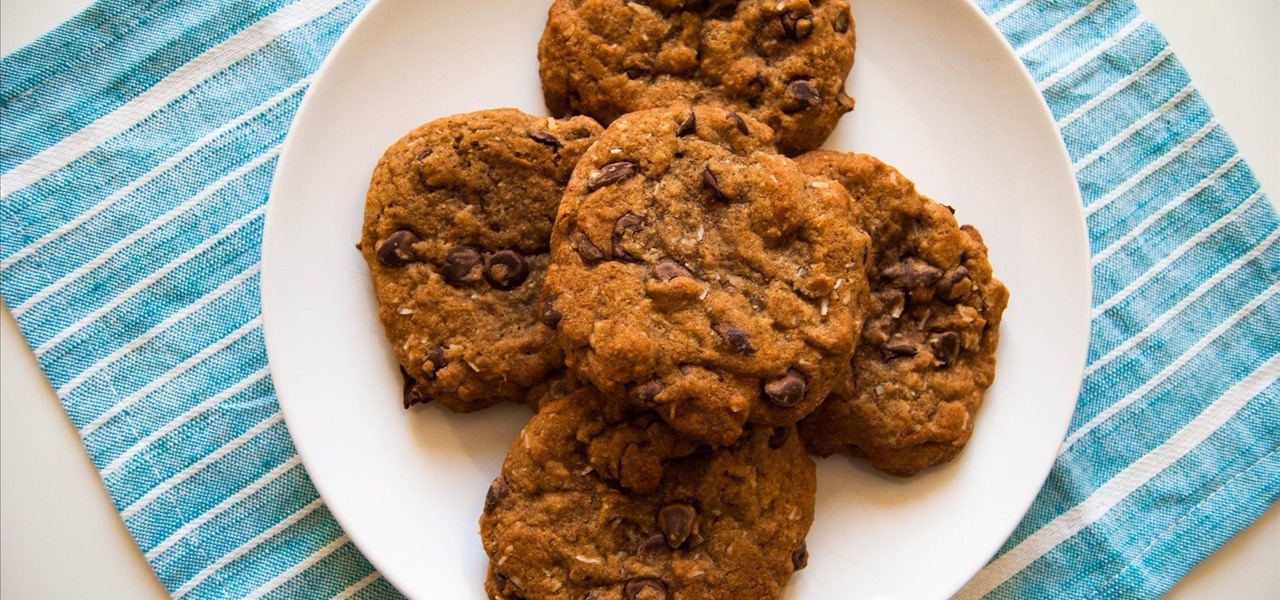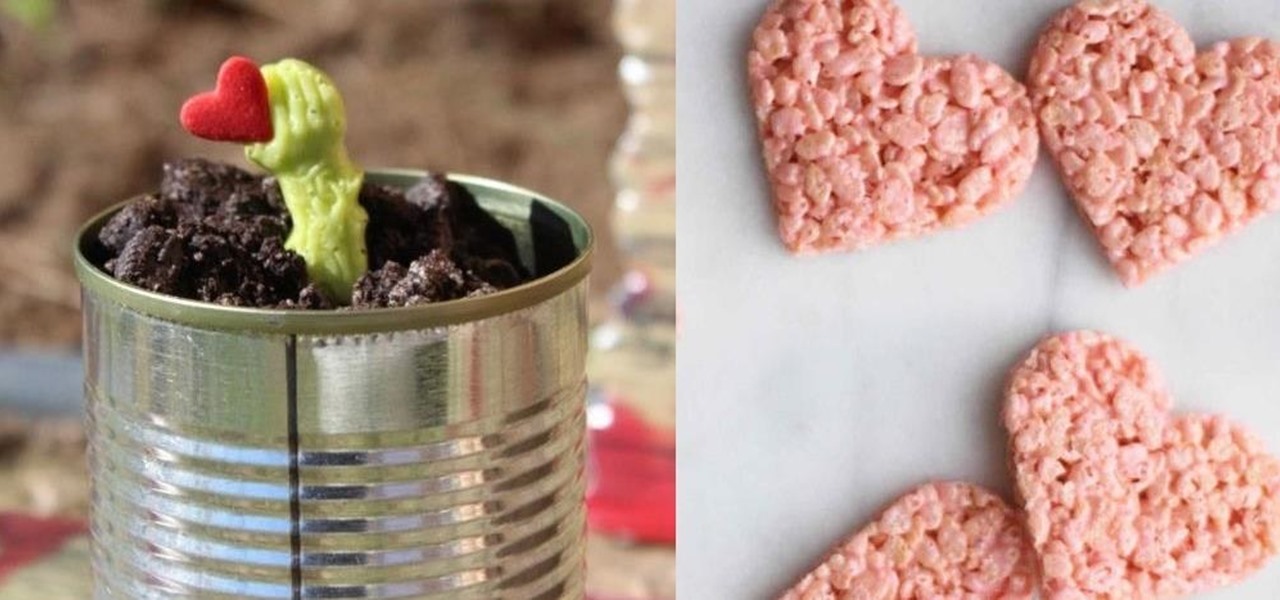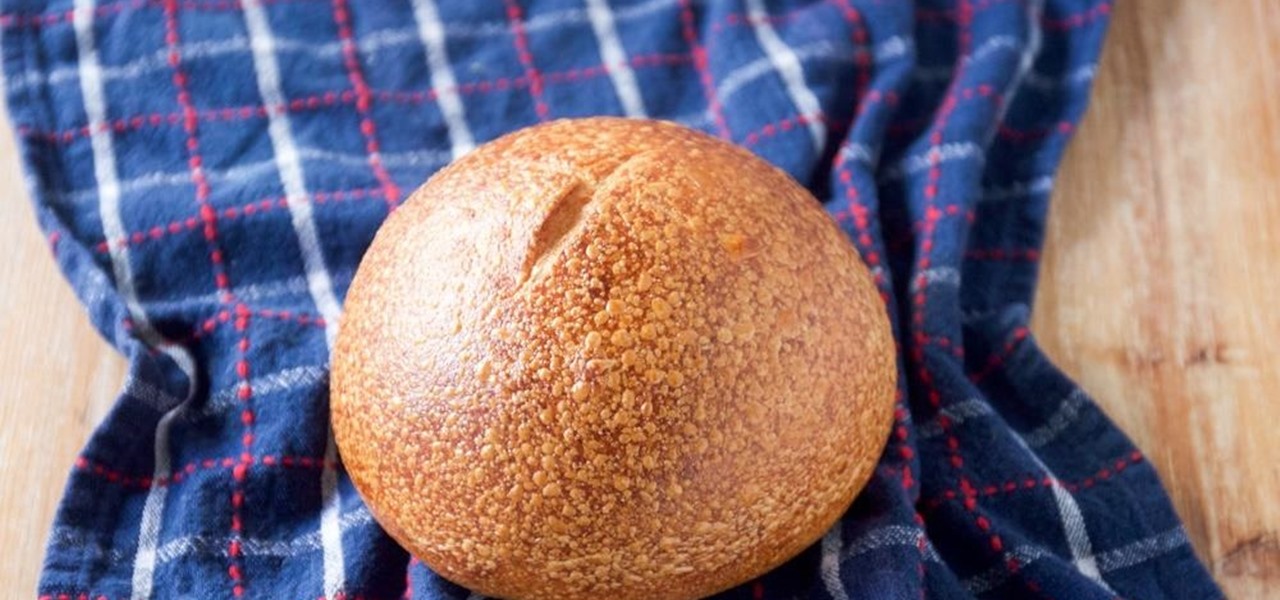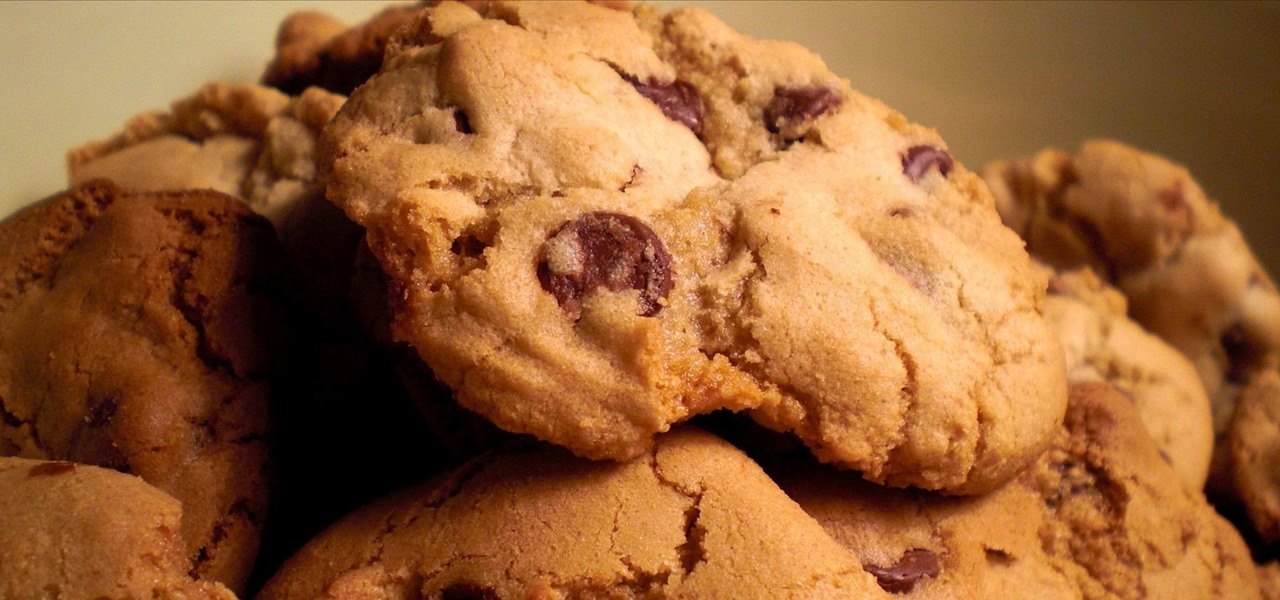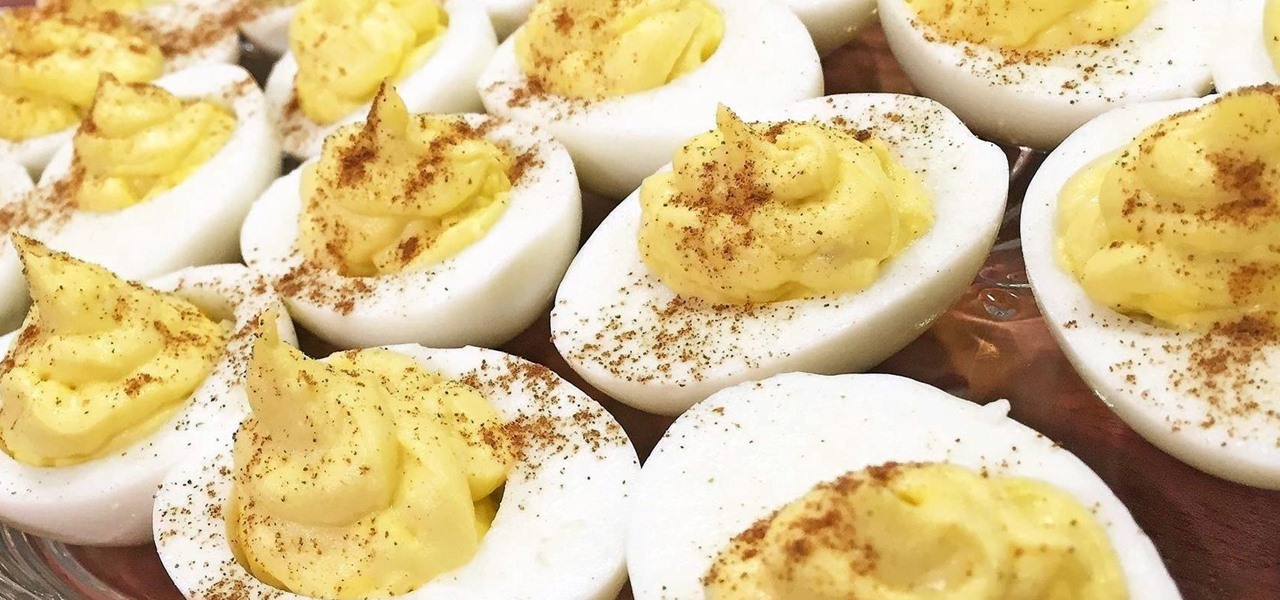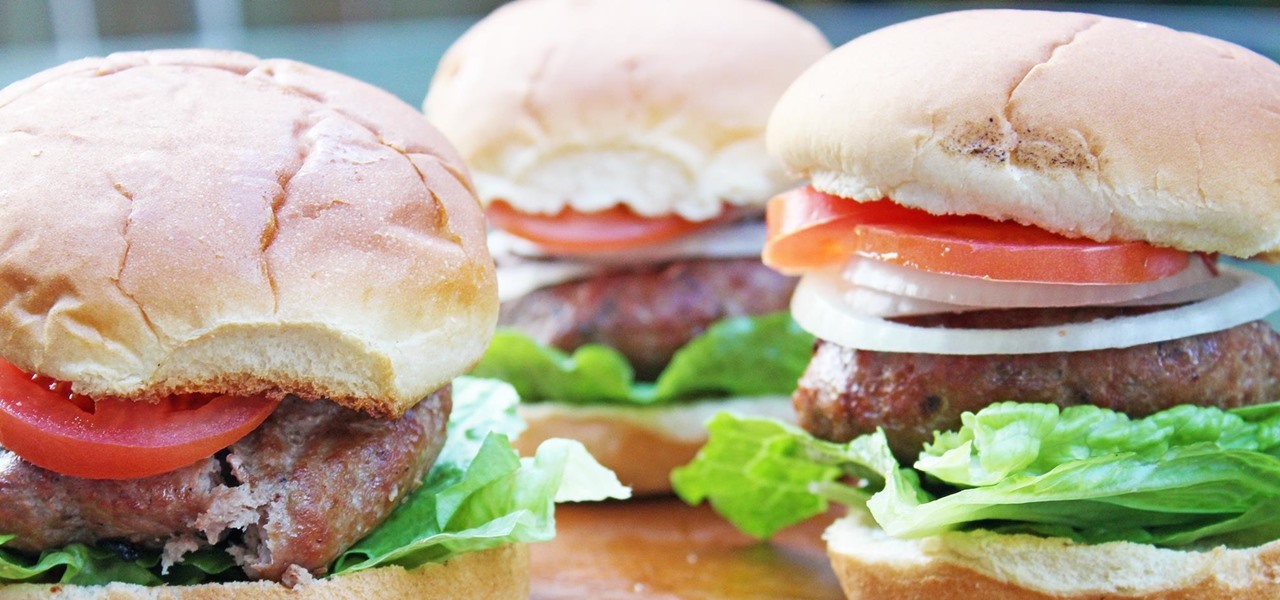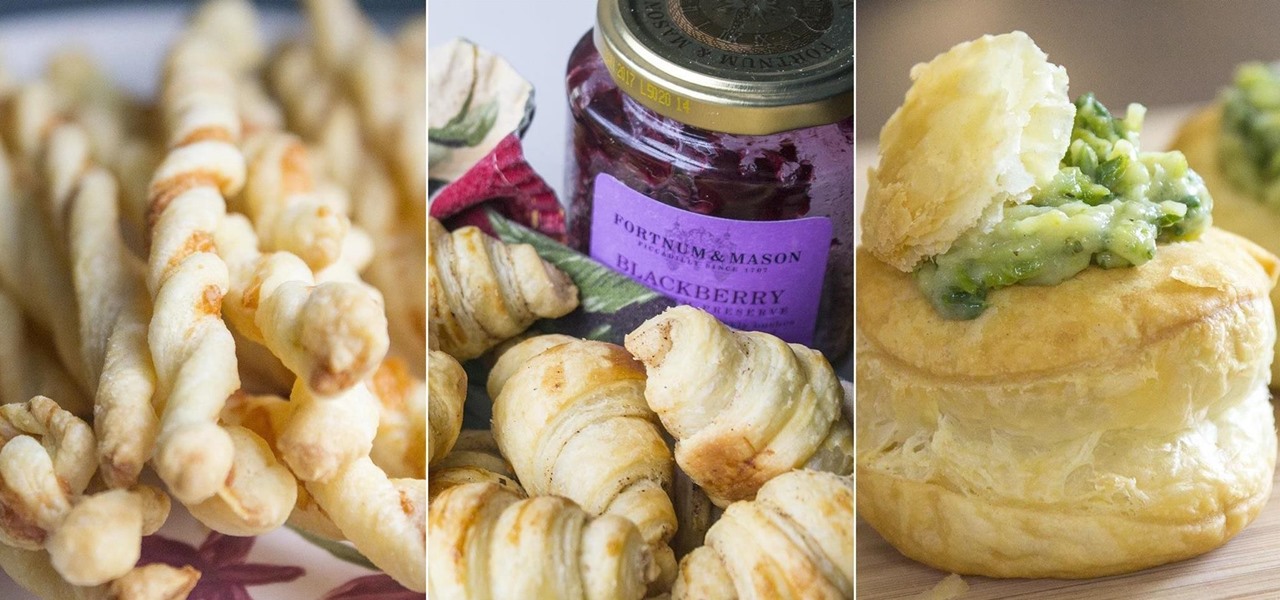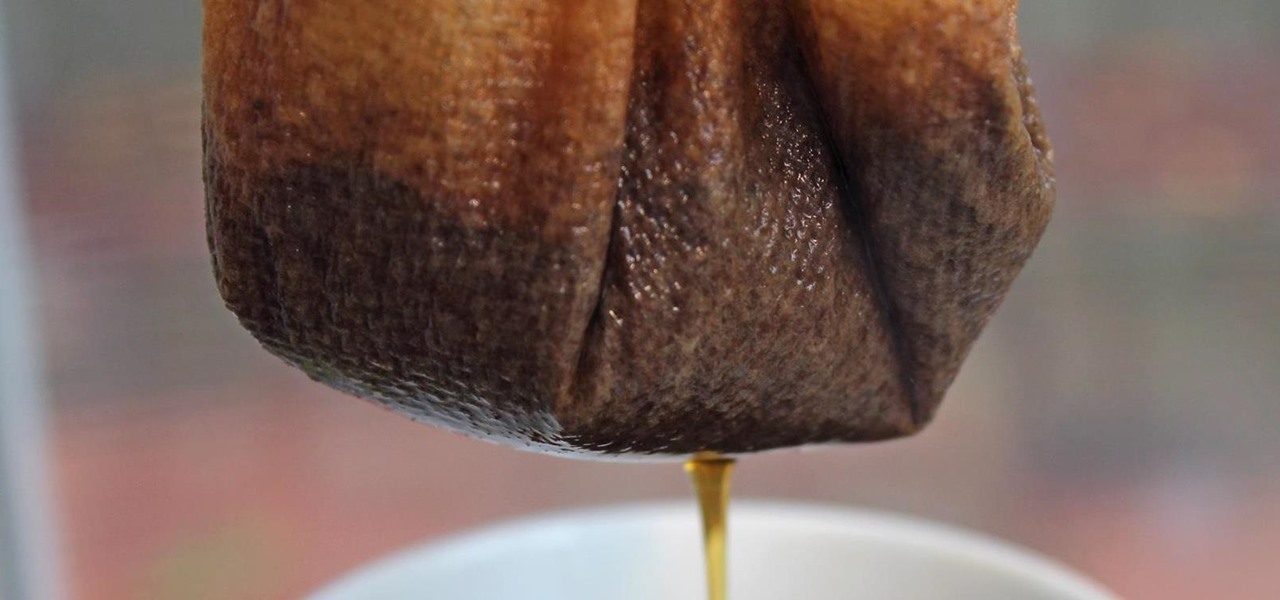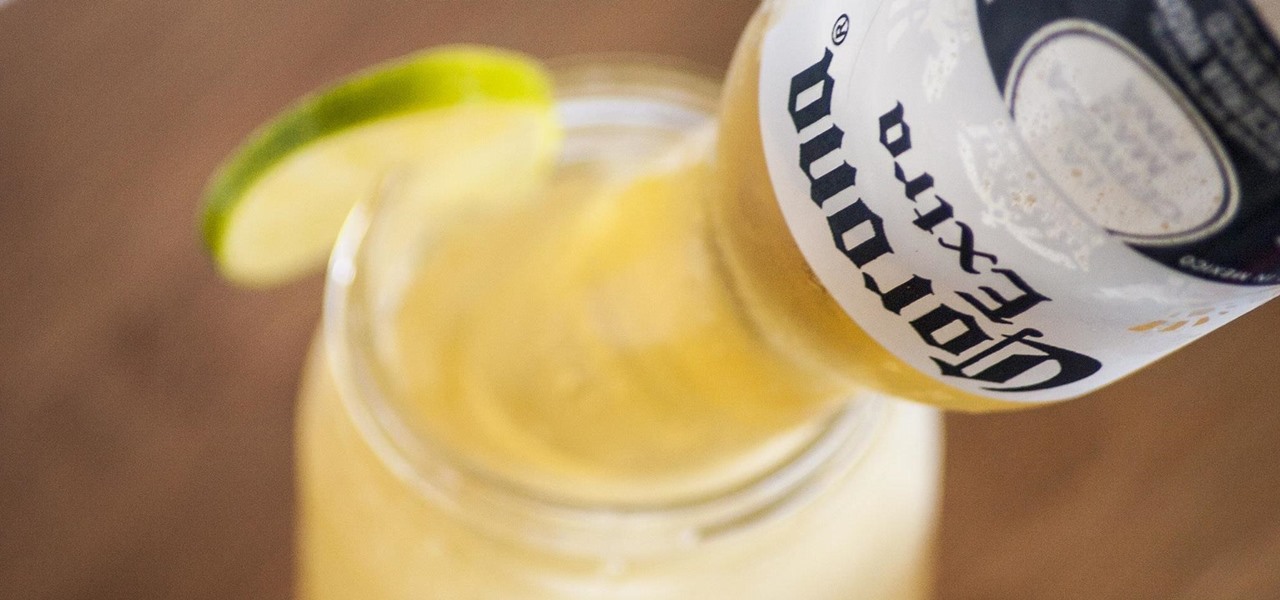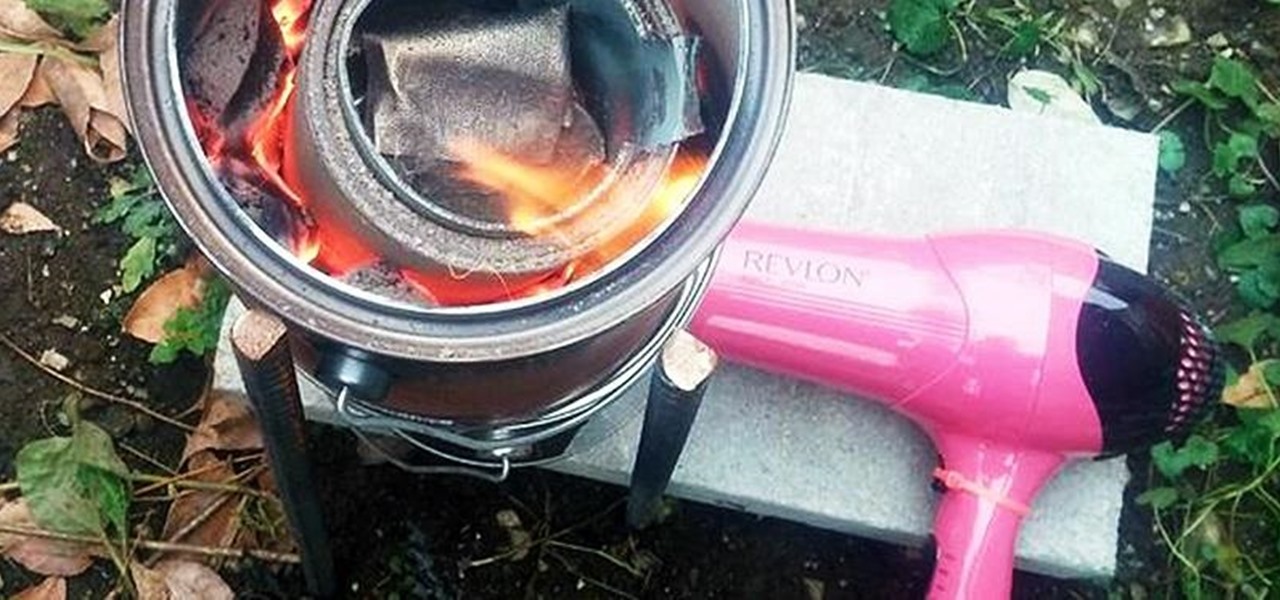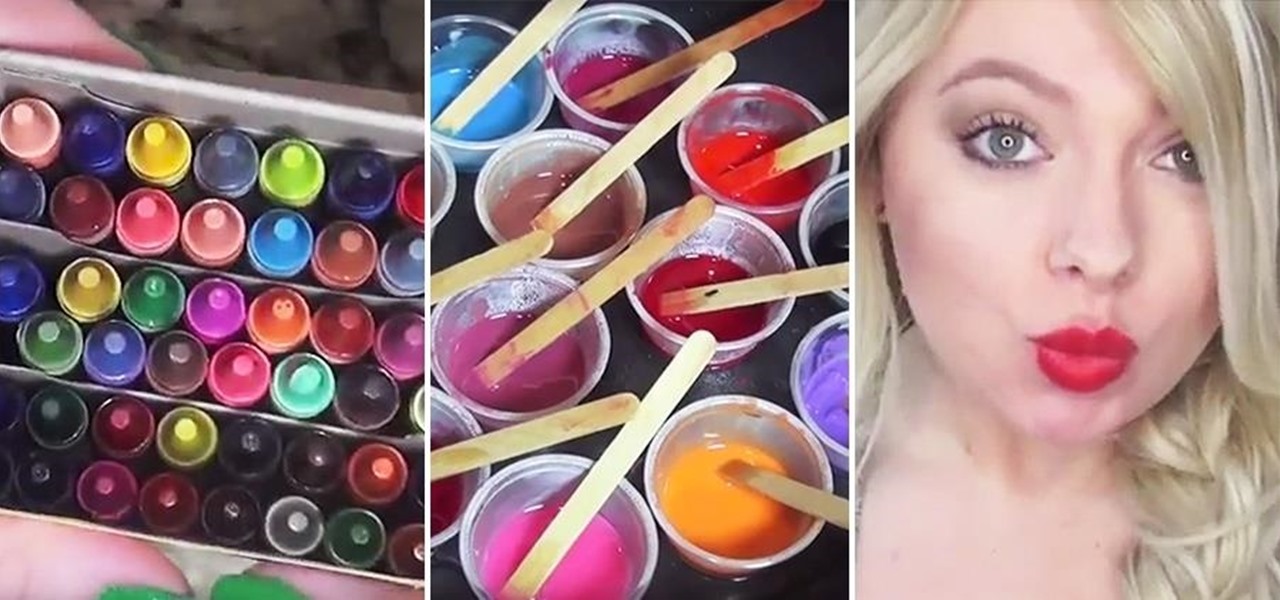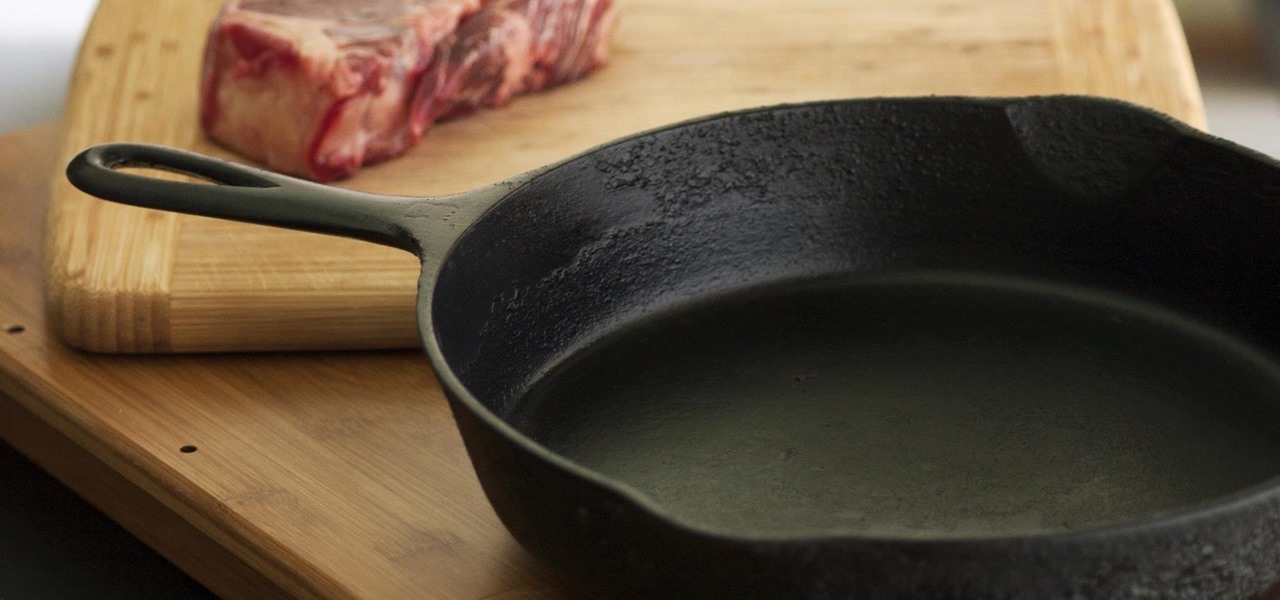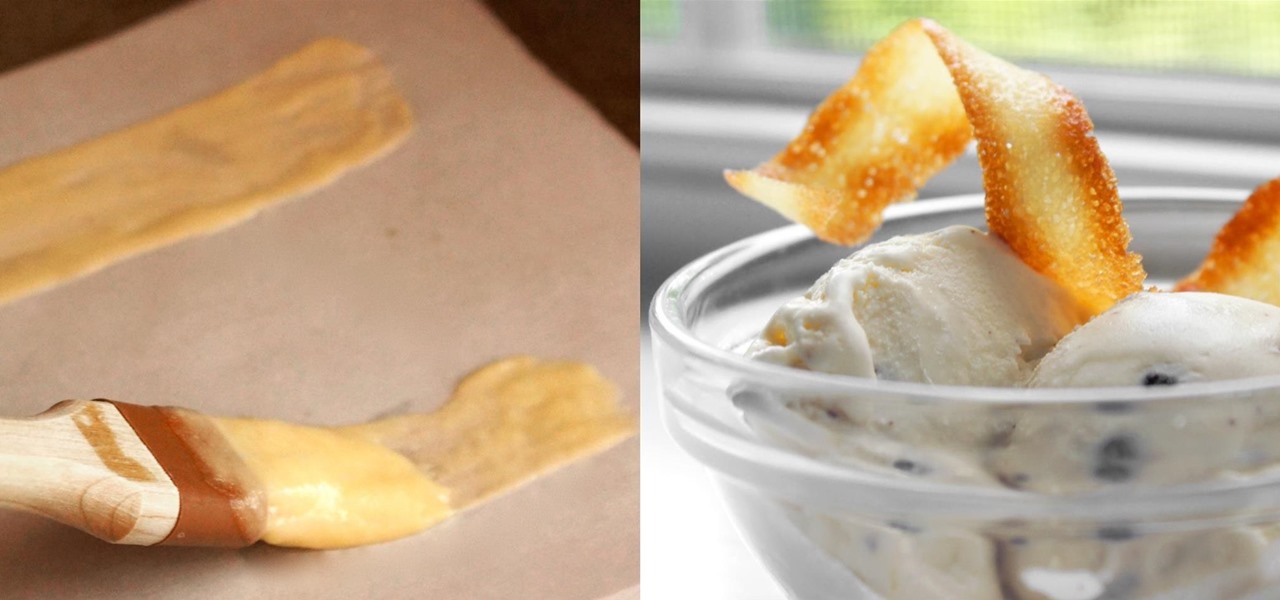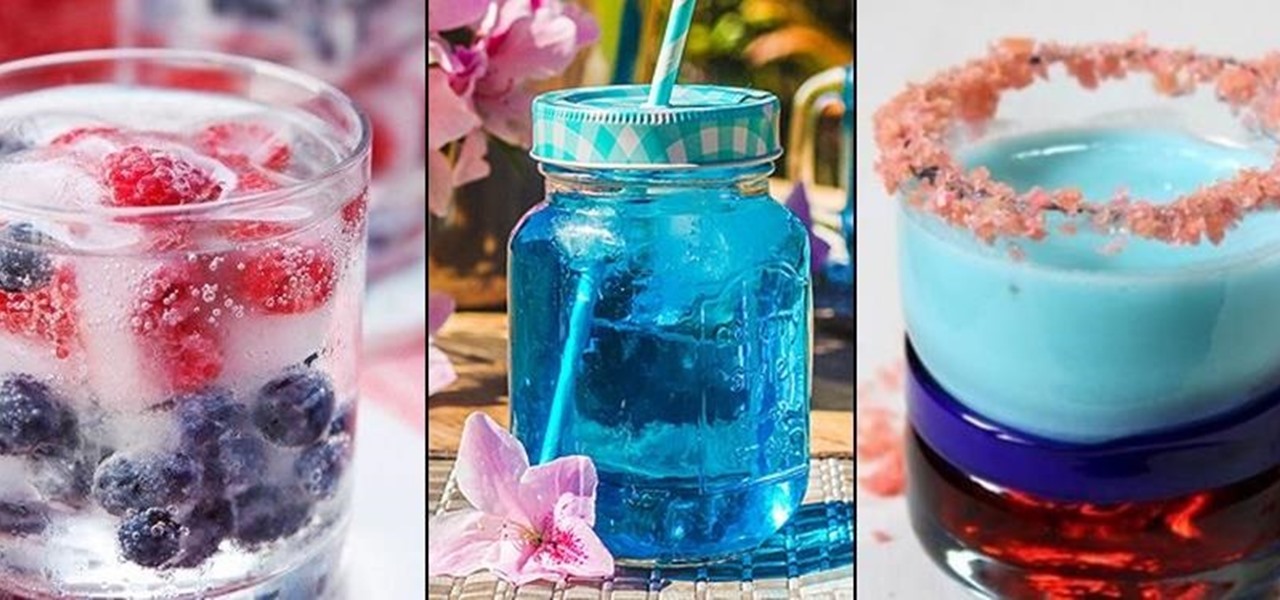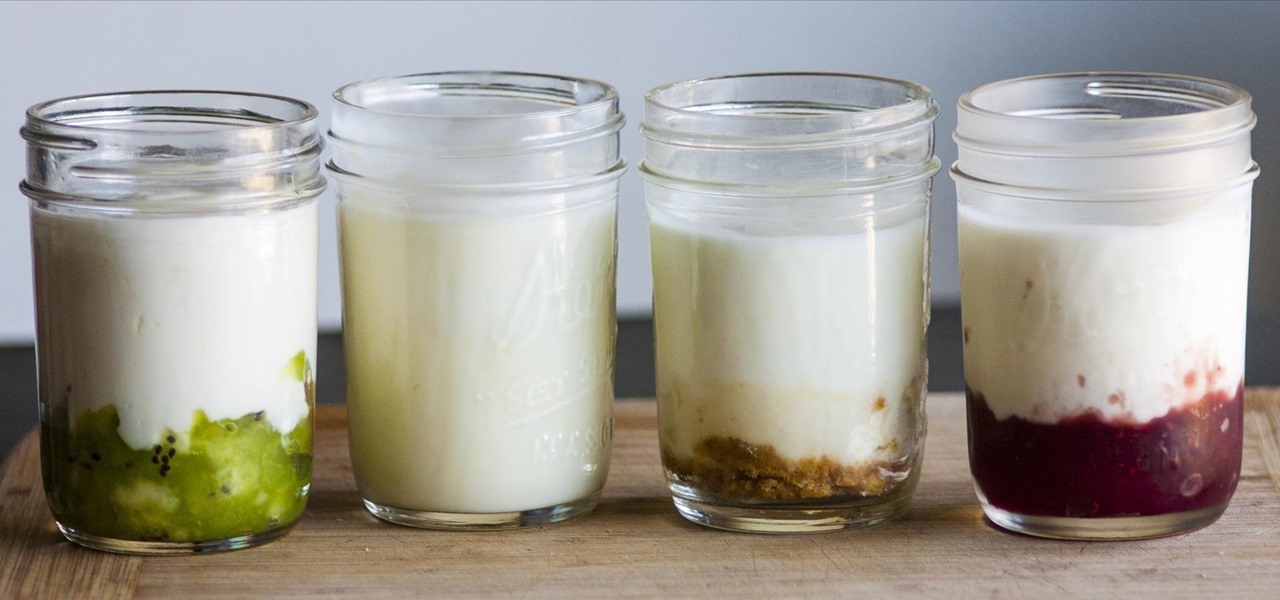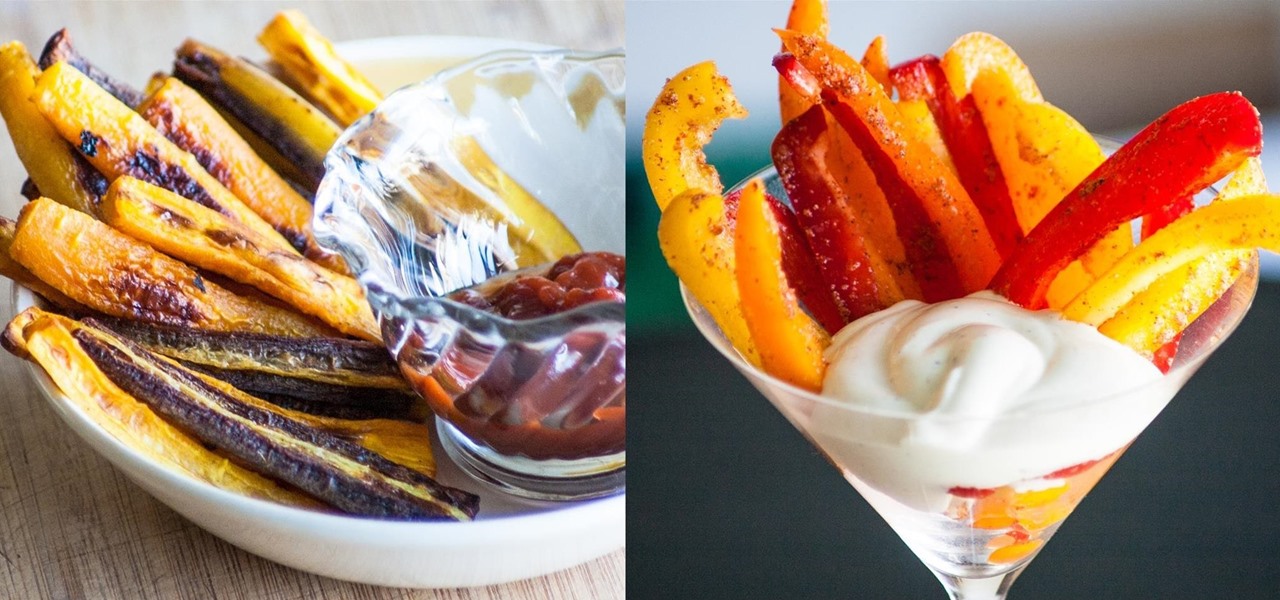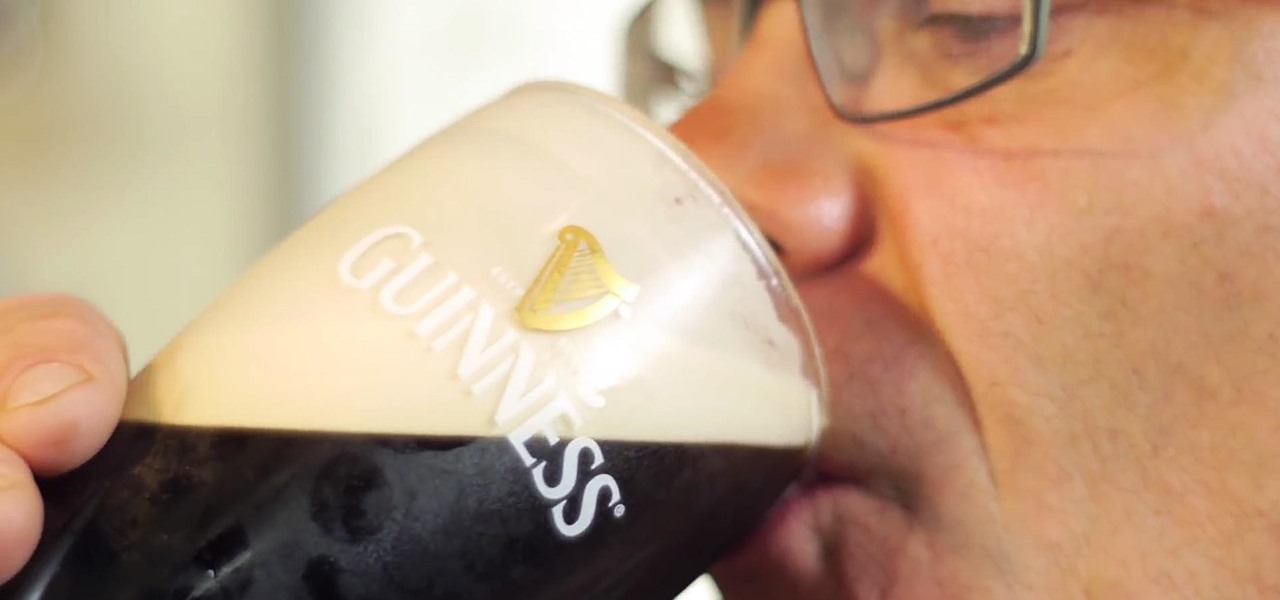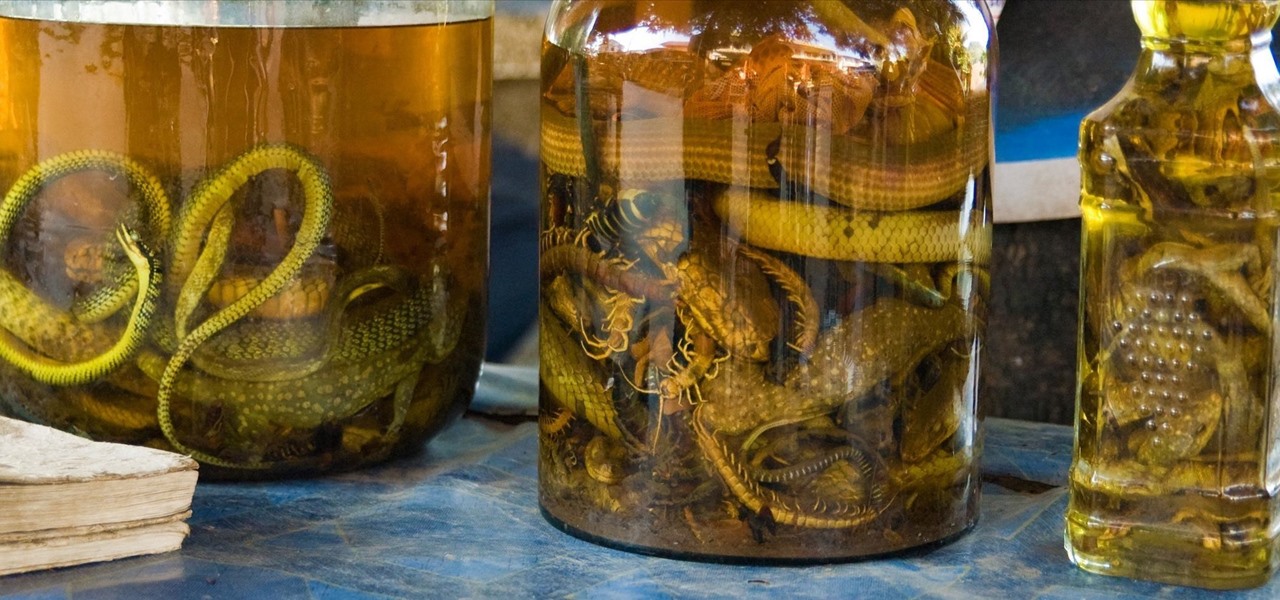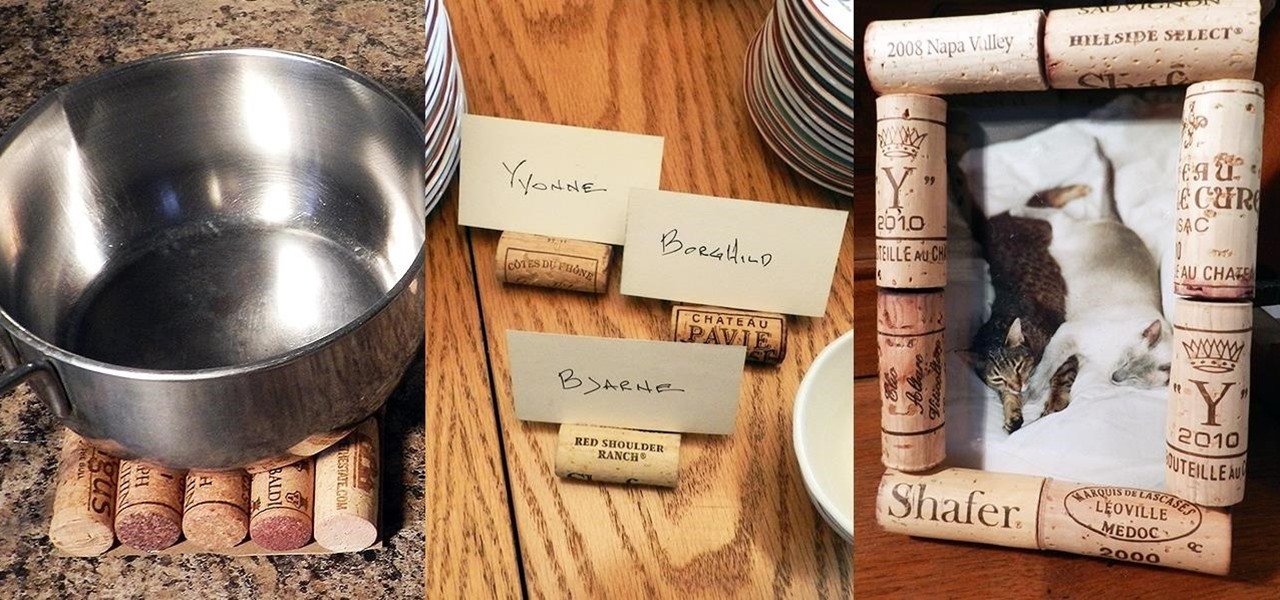
You never know when the mood for a party will hit, and lazy summer days are perfect for hosting impromptu gatherings in the backyard. That's why it's always important to be prepared with plenty of drinks, cool snacks, and ingredients for crowd-pleasing appetizers.
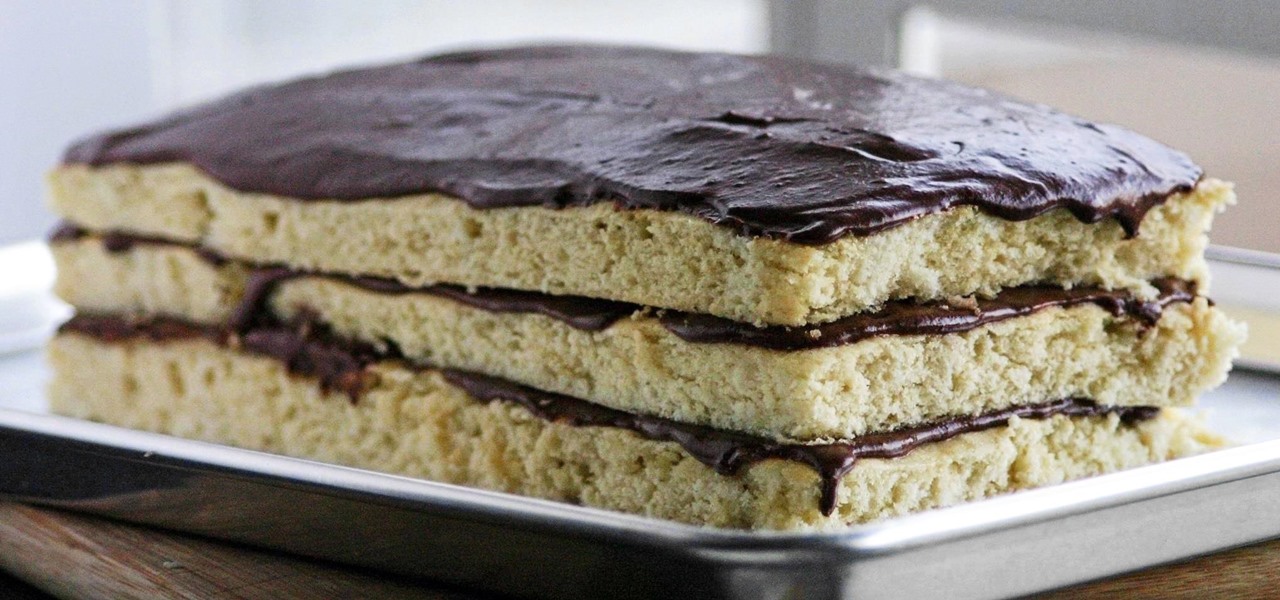
It's very easy to get your hands on a good cake. These days, a store-bought cake or even one made from boxed cake mix will usually be pretty good. Heck, make the first simple recipe you find on the internet, and it's likely to taste fine.
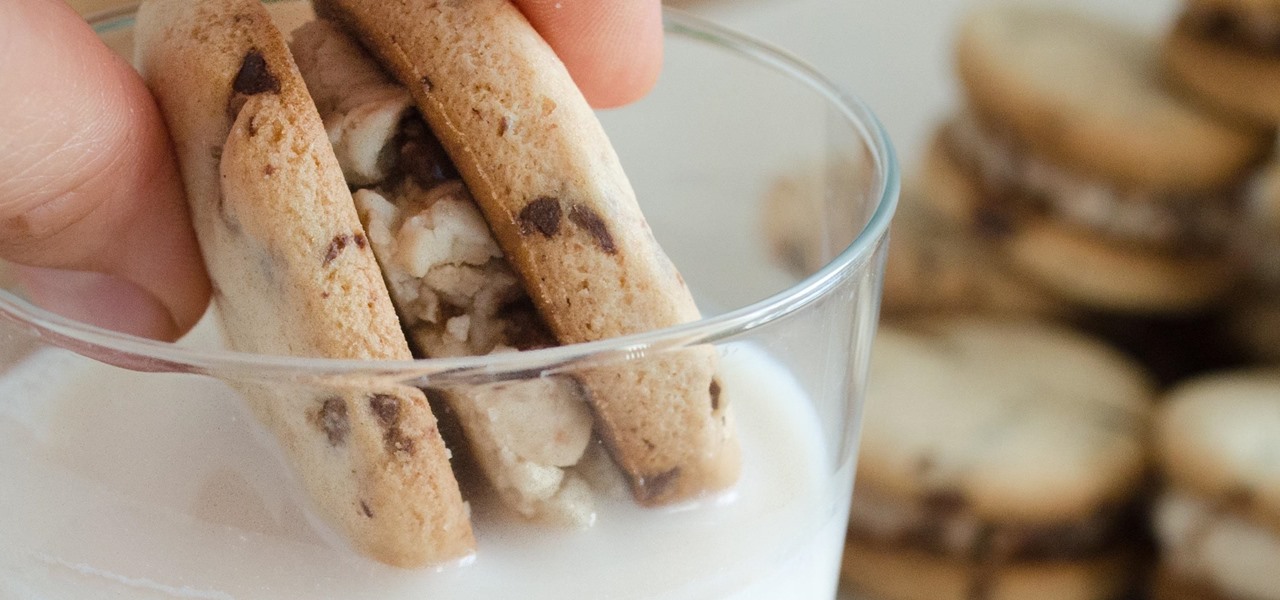
Back in July, Oreo released their newest, limited-edition flavor, Choco Chip. These one-of-a-kind cookies are made up of golden, vanilla chocolate chip wafers with a chocolate chip creme filling.

When we tell folks how often we use apple cider vinegar, they are baffled and bewildered. "I've had a bottle sitting in my pantry for 10 years," is the response we encounter most. And "I never use it!" Some have never even used apple cider vinegar at all in their lifetime, believe it or not.
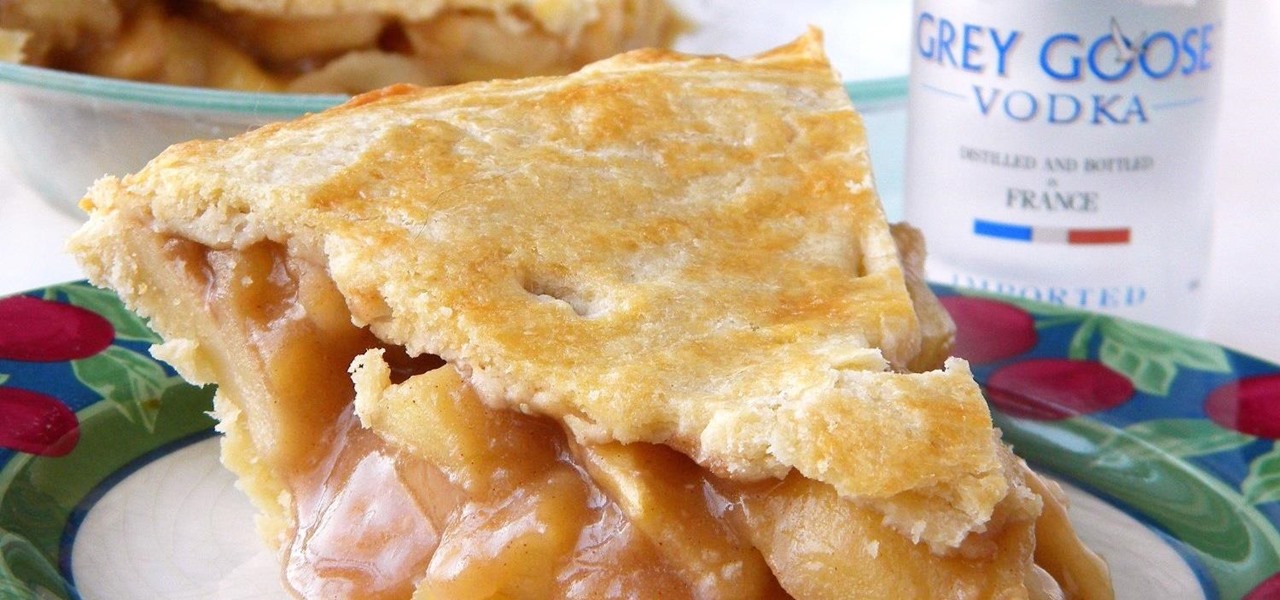
Pie crusts are pretty intimidating if you're an at-home baker with little experience, since there's a lot of science behind making them. A perfectly flaky crust that's golden brown—not charred and black along the edges—requires careful attention, a foolproof recipe, and some decent baking skills.

The iconic, lovable gummy bear originated in Germany, where it goes by the name Gummibär— but that's not what makes it so much fun. The base of gummy bears is made up of gelatin, which gives them the signature elasticity that makes you feel like a kid again. But the fun doesn't have to stop there.

For those of you that prefer a soft-baked cookie that is fluffy in the middle, using cake flour instead of regular all-purpose (AP) flour is your secret baking weapon. "But I don't have cake flour," you protest. Fear not: if your kitchen is sans cake flour, you can easily whip some up by mixing together AP flour and a little bit of cornstarch for the same results.

We love standing around a barbecue with an icy cold beverage in hand, enjoying the delicious smell of smoky food and chit-chatting with pals. Grilling season — it's our favorite time of the year.

While a hot dog with all the typical American condiments (ketchup, mustard, relish) is heavenly for kids, as an adult, I realize there is nothing wrong with switching things up a bit and getting creative. In fact, a plain hot dog can be a fantastic blank canvas for chefs to work with—a great, edible example of going from drab to fab.

I am officially breaking up with my daily breakfast of avocado toast and embarking on a promising new relationship with savory oatmeal. Yes, you read that right—savory oatmeal.

My Cuisinart ice cream maker was a wedding gift; it wasn't something on my list, but I jumped up and down with delight when I unwrapped it. I never would've purchased this appliance on my own because it didn't seem practical, yet I loved the idea of making homemade ice cream.

I remember the first time I used coconut oil; the whole kitchen was filled with a fragrant aroma that reminded me of the tropics. After learning it was a healthier alternative to traditional cooking oil—not to mention a great source of the good-for-you saturated fat—I was hooked.

Valentine's Day is upon us, and it's the perfect time to show those you love (or like) how you feel about them by making them a homemade sweet treat.

Almost every bread recipe will tell you to look for a golden brown crust or to tap on the bottom of your loaf and listen for a hollow sound. That visual and sound technique will work most of the time, but it can still come up short, leaving you with a soft and gooey spot in the middle of your loaf.

Back in the days when June Cleaver was our role model, stay-at-home moms eagerly greeted their offspring's arrival home from school with fresh-baked cookies. But in the current vernacular, "Ain't nobody got time fo' dat!"

Hello, Null Byte! Mkilic here. I doubt anyone knows I even exist on Null Byte, so hopefully this post will allow me to become more involved in the community and also help me learn even more.

During my time living in dorm rooms and small apartments, I would find myself in need of many different appliances—a food processor for making hummus, a blender for vegetable smoothies, or even a mortar and pestle for muddling mojito-bound mint leaves. Luckily, there was one tiny, inconspicuous tool that solved all of these problems: the coffee grinder.

The first time I encountered a deviled egg, the name freaked me out. Why was it called a deviled egg? Was it the spawn of some demonic chicken? If I ate it, would my soul be at risk?

I recently had a small gathering of friends over for a quick cookout consisting of mostly burgers on the grill. One of my friends informed me beforehand that she didn't eat red meat, but that she would be perfectly okay with eating a turkey burger.

If you're a frequent baker like myself, you've probably realized that one box of cake mix makes quite a bit of cake. If your goal is to make a simple Bundt or an easy dozen cupcakes, all you really need is half the box mix—which leaves the other half for another baking occasion.

I always have several sheets of puff pastry in my freezer. It's unlike any other pastry dough: the layers of butter let out steam when the dough bakes (hence, the "puff" in puff pastry). The dough's flakiness perfectly compliments sweet and savory dishes, which makes it a totally versatile—and completely necessary—fixture in your kitchen!

As an avid coffee drinker, I used to be a big fan of single-serve coffee machines. One day, the machine decided to stop working—which does happen from time to time—so I decided to go old school and use my automatic drip. Then, I realized that all I had were pods of single-serve coffee grinds, and I was all out of regular coffee filters!

If you haven't come up with a funny, innovative costume yet for Halloween, you're running out of time. While all your friends are busy perfecting their month-long DIY costume project, you're still being lazy about it and have just now started to search online for ideas.

When it's time to get down to work, a clean, organized workstation is key to accomplishing tasks and being more productive. Or, so we thought.

One of my favorite things about cocktails is that they're so diverse. They can be sweet or savory, filling or refreshing. And they can take advantage of nearly any ingredient imaginable, including egg whites, smoked ice, flavor cubes, and even beer.

Hair dyers are pretty straightforward tools, but they can actually do way more than just dry your wet hair or defog your bathroom mirror. From the kitchen to the backyard, a blowdryer can help you solve common problems around the house and beyond, and here are our 10 favorite uses.

Beer isn't just for drinking anymore. There are many useful and surprising things that an ice-cold brewski can help you accomplish, from household chores to better-tasting food. It can even help you look and feel healthier.

Practically every smartphone comes with a built-in camera app, but these apps are generally created by the device's manufacturer. And let's face it, manufacturers are hardware companies first and foremost, so they don't always produce the best software.

Often, despite your favorite makeup mecca's rows and rows of endless colors, applicators, and brands, it's hard to find the perfect shade of lipstick—especially one at the price you want. Rather than resorting to what's available in stores, turn to your stovetop and a box of crayons.

One of my favorite things to do when I visit my parents is cook. Aside from the fact that I adore cooking with my mom, there's something comforting about returning to the kitchen that I first started playing in 20 years ago. Nearly all of the tools and appliances are the same ones that I used as a kid, and the familiarity is palpable.

My favorite finishing touch to any dish is a tuile. Small, elegant, and simple—even its name makes it sound delicate. Tuiles are garnishes that are malleable when directly removed from the oven and crisp up as they cool down. I love them because they complement both savory and sweet dishes and can add a nice alternative texture to creamy dishes. Read on to learn how to transform this warm, workable dough into a variety of crispy, light accents.

Fourth of July usually means barbecues, patriotism, and getting piss drunk. Okay, well not really, but a little inebriation is usually on the menu, and nothing says America more than serving patriotic drinks at your party. Here are our 10 favorites.

Single-serve yogurt cartons are so much fun. They're delicious, convenient, and the perfect size; no wonder it's so fun to open a new container of yogurt every morning. Yet as awesome as single-serve yogurt cartons are, there's something you really need to do: stop buying them!

Protein powder is a fad in the same way that Justin Bieber's music is: you either love it, or you hate it. Everyone I know has a strong opinion about protein powder, ranging from "daily necessity" to "utterly useless."

I've never met a person who doesn't love French fries. And, to be frank, I have no desire to meet such a person.

The right music can spur you to pick up the pace during an intense workout, pep you up before you hit the treadmill or walking path, and even encourage you to lift for just a few extra reps. Although we all have our favorite workout playlists, scientists have discovered what it is, exactly, that makes you workout harder when certain songs begin.

Any beer aficionado who's been to Ireland will always talk about how the Guinness there "just tastes different." But save your eye rolls, skeptics: it turns out your favorite lagerhead actually has a valid point.

There are so many cutesy pink, red, and heart-shaped desserts and drinks put out on Valentine's Day, but none of those really get you into a low-light mood. Instead, turn up the heat with one of these aphrodisiac cocktails for grown-ups.

There's nothing more jarring than the sound of your morning alarm. Even hearing it on others' phones, hours after your own abrupt wakeup, can cause you to flinch in fear. Though we depend on that shrill sound to get up each morning, it's actually better to wake up naturally—so don't even think about hitting that snooze button.

While most people build collections of things with intrinsic value such as coins, stamps, or rare post cards, I collect wine corks—the natural ones, not the plastic kind. Corks are a natural product harvested from the cork oak tree. It takes the better part of 10 to 12 years before a tree can have its bark manually removed for the production of cork. Thankfully, no tree is harmed in the process and in 12 years, the tree bark can be harvested yet again.








